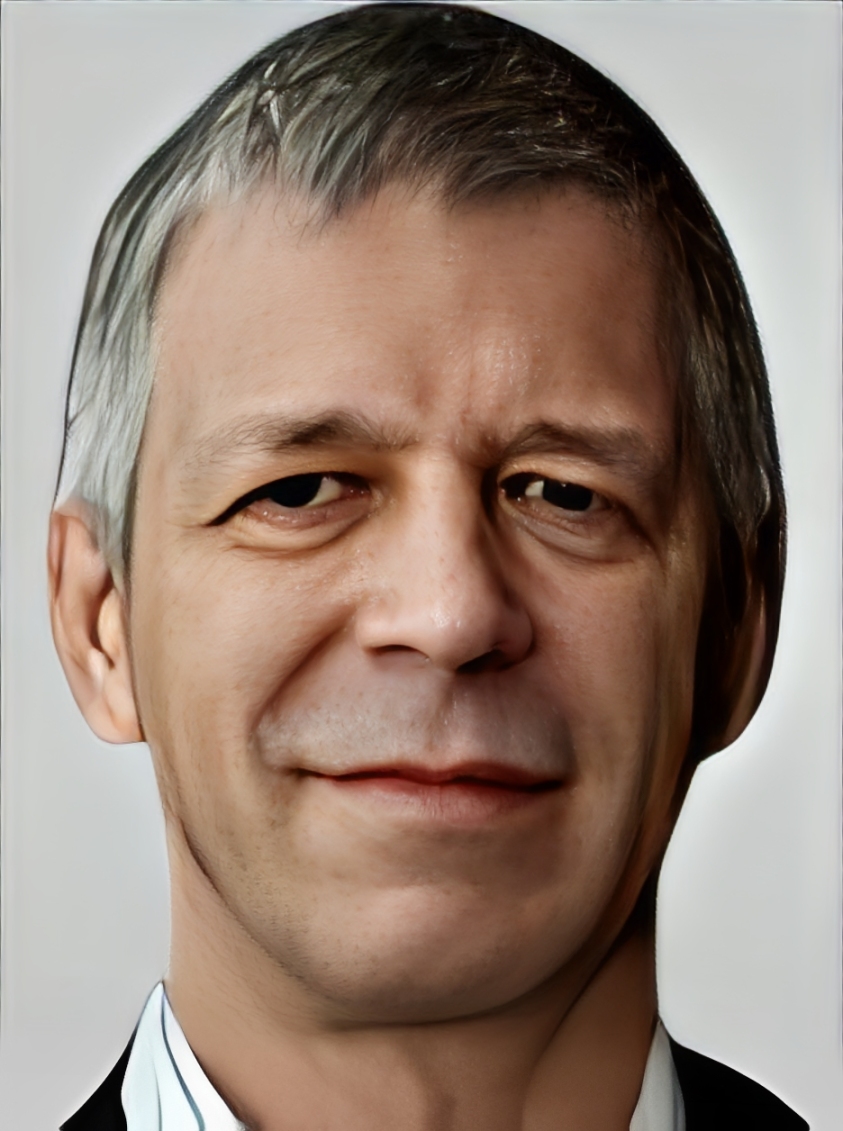

Reinhold Wannemacher received his doctoral degree from University of Technology Darmstadt and his “Habilitation” from Johann Wolfgang Goethe- Universität, Frankfurt, Germany.
His scientific work in the areas of Optics and Acoustics was partly performed at The University of Georgia, Athens, GA, IBM Almaden Research Laboratory, San José, CA and Rijksuniversiteit Leiden, The Netherlands. He has been a Guest Professor for Nano-Optics at University of Technology Chemnitz, as well as a member of the Faculty of Physics and Geosciences of the University of Leipzig.
He is the author of about 80 refereed scientific articles.
We are studying the photocatalytic, charge and energy transfer properties of carbon-based nanomaterials (carbon dots, graphene), conjugated organic molecules and metal-organic compounds in close collaboration with the groups of I. Rodriguez, F. Luo, J. Gierschner, J. Cabanillas, J. Sánchez and N. Martin at IMDEA Nanociencia. We employ mainly time-resolved spectroscopy at variable temperatures down to 1.5 K for this purpose.
We study amplified spontaneous emission and lasing and perform low-temperature spectroscopy down to 1.5 K of crystalline and amorphous conjugated organic and hybrid materials in close collaboration with the groups of Juan Cabanillas and Johannes Gierschner at IMDEA Nanociencia. We also investigate the photophysics of carbon nanomaterials.
We investigate fluorescent and electrochemical sensors in close collaboration with the groups of Encarnación Lorenzo and Juan Cabanillas at IMDEA Nanociencia.
We employ high-frequency ultrasonic waves (20-500MHz) for sensing using coaxial probes and combine ultrasonic vibrations (100 kHz-6 MHz) with force microscopy for imaging and manipulation of friction on the nanoscale.